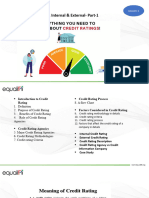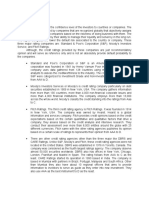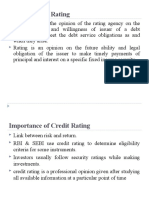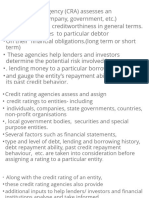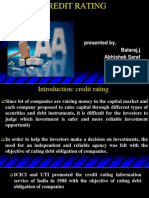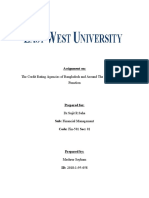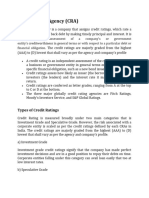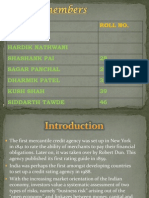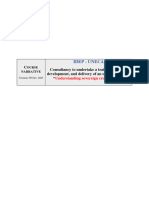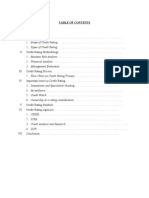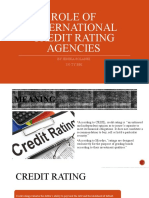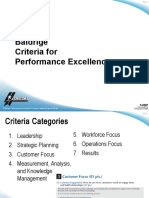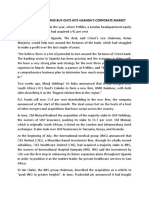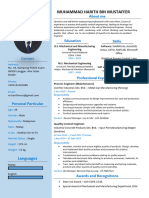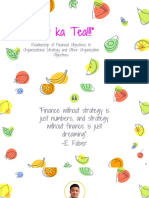0% found this document useful (0 votes)
97 views2 pagesCredit Rating Methodologies Compared
Uploaded by
e.sony2005Copyright
© © All Rights Reserved
We take content rights seriously. If you suspect this is your content, claim it here.
Available Formats
Download as DOCX, PDF, TXT or read online on Scribd
0% found this document useful (0 votes)
97 views2 pagesCredit Rating Methodologies Compared
Uploaded by
e.sony2005Copyright
© © All Rights Reserved
We take content rights seriously. If you suspect this is your content, claim it here.
Available Formats
Download as DOCX, PDF, TXT or read online on Scribd
/ 2








